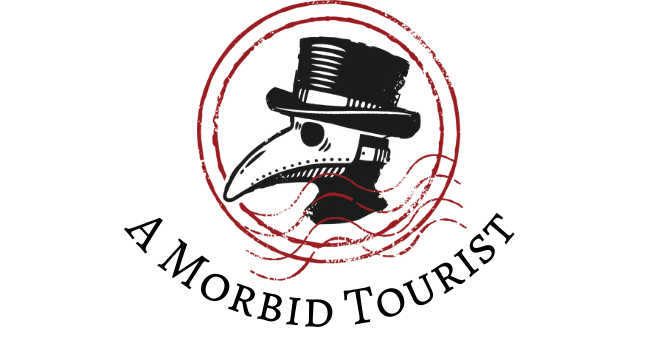From this same spot at the rear of the nave, you can see many of the hallmarks of Wren’s original designs. For example: the symmetry and clean lines, the bold black-and-white marbled floor, and the emphasis on natural light are all very Wren-esque features. There are delicate gilded patterns on the ceilings and columns, and the rounded windows give the whole place a very soft, inviting look.
I was momentarily frozen in place by how neat and well-kept St. Bride’s looks. It’s a beautiful church, with a calm aura that feels deeply spiritual (even to me, an agnostic with no religious affiliation).

